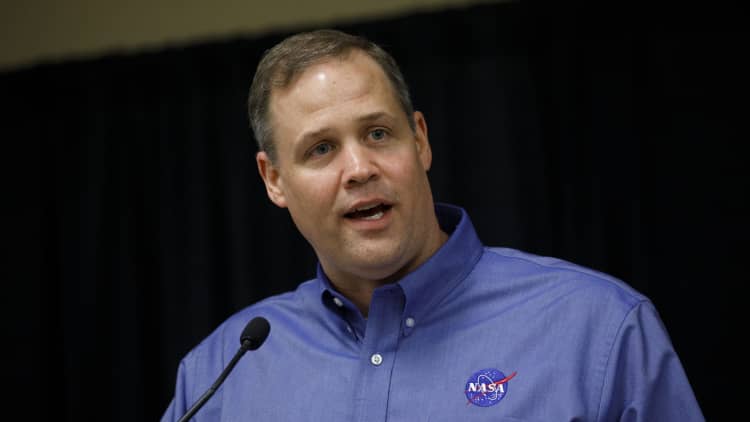Nearly a decade ago, NASA began awarding Boeing and SpaceX with funding to build spacecraft that the agency could use to get its astronauts to the International Space Station.
Under the Commercial Crew program, NASA awarded SpaceX about $3.1 billion and Boeing about $4.8 billion over the past decade to develop spacecraft to replace the Space Shuttle. SpaceX developed its Crew Dragon capsule, which is set to launch astronauts for the first time later this month, while Boeing developed its Starliner capsule.
Although the program is about three years behind in delivering on the goals it outlined, NASA believes Commercial Crew program has been cost effective. A NASA presentation published on Wednesday outlined just how much the agency expects the Commercial Crew program will save taxpayers.
"While not done yet, [Commercial Crew] is poised to save the Agency approximately $20B-$30B, and provide two, independent crew transportation systems," NASA commercial spaceflight director Phil McAlister said in the report.
NASA savings come from its previously expected cost to develop and launch a program called Constellation, which a committee in 2009 estimated would cost $34.5 billion.
"We're very pleased with the level of investment that we've made and what we're getting for that investment," NASA administrator Jim Bridenstine said during a briefing on May 1.
SpaceX is set to launch NASA astronauts in its spacecraft on May 27, while Boeing's Starliner is about a year behind in development after significant software issues during a test flight.

Beyond the cost savings, NASA noted that there are already deals in place to use the spacecraft for flights by private astronauts. Earlier this year SpaceX announced two deals for privately-paying space tourists, with an agreement to fly to the space station for Axiom Space and a free-flying mission around the Earth for Space Adventures.
"This is the kind of outcome envisioned when we initiated" the Commercial Crew program, McAlister said. While the price of each of those seats "will undoubtedly be high," he noted that is true "for all major new transportation modes." On that basis, NASA expects that price will come down by 50% to 75% over time as market forces take affect. For example, NASA said a non-stop cross country airline flight in 1950 would cost about $1,400 adjusted for inflation, but it today costs about $400.
Subscribe to CNBC PRO for exclusive insights and analysis, and live business day programming from around the world.


